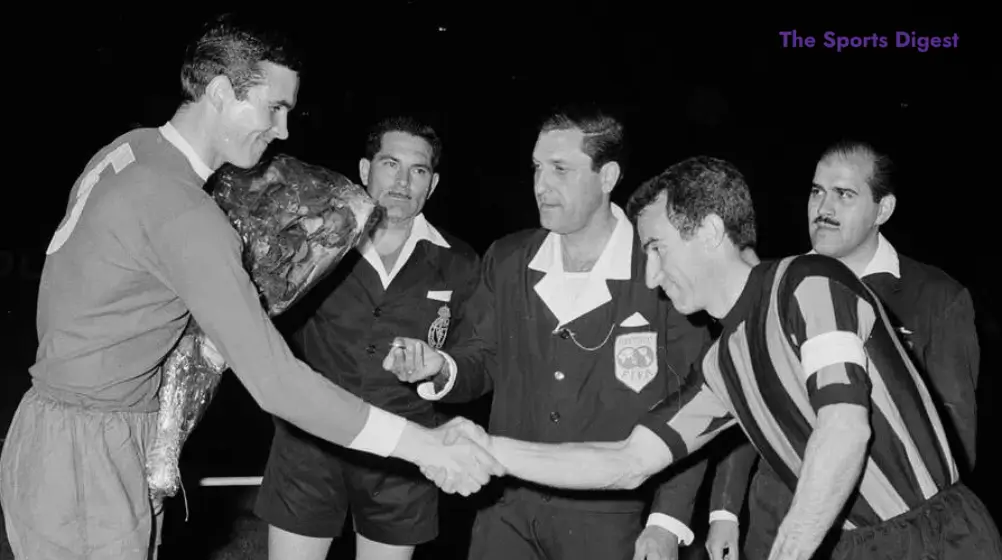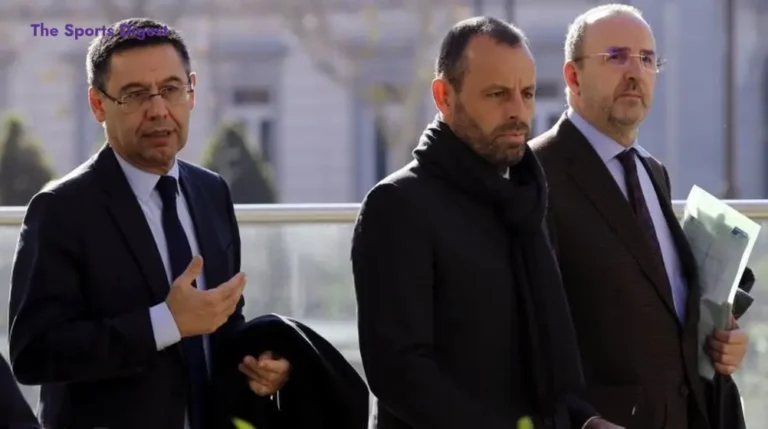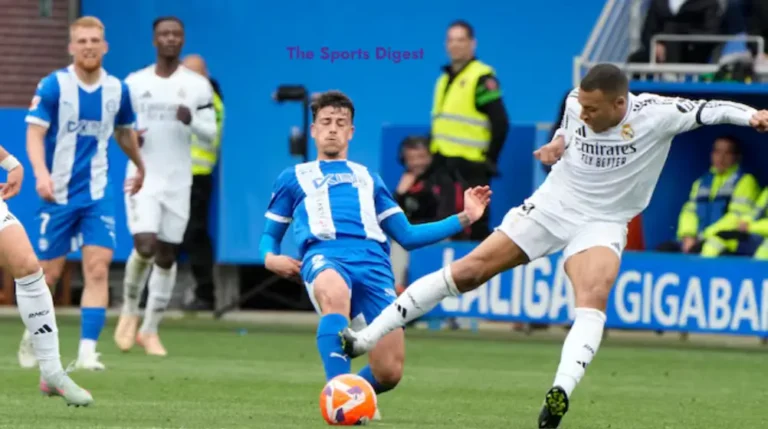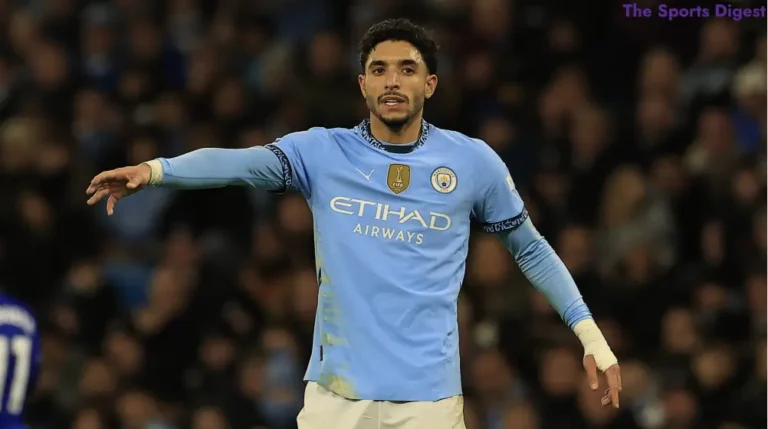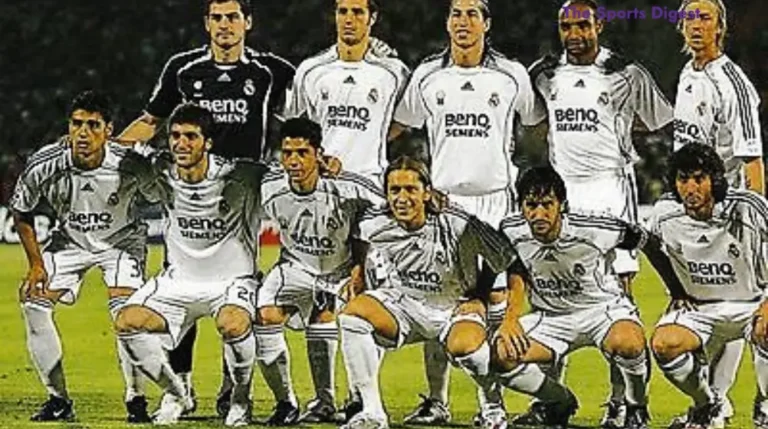Liverpool FC First European Adventure
Liverpool FC Football Club stands today as one of the most decorated clubs in European football history. With six European Cups/Champions League trophies adorning their cabinet, they’re firmly established among the continent’s elite. Yet this towering reputation was built from humble beginnings. In 1964, the club took its first tentative step into European competition—a journey marked by extraordinary incidents, tactical innovations, and controversial moments that would shape the club’s European identity for decades to come.
Table of Contents
Context: Liverpool FC Ascendancy and the British European Landscape in 1964
The Liverpool of 1964 existed in a cultural maelstrom. As Beatlemania swept across Britain and beyond, the city found itself at the epicenter of a cultural revolution. On the football front, Bill Shankly was orchestrating a revolution of his own at Anfield. Having taken over a struggling Second Division side in 1959, the charismatic Scot had methodically transformed the club’s fortunes, securing promotion by winning the Second Division in 1962 and, most significantly, clinching the First Division title in 1964.
This league championship was more than just a domestic triumph—it served as Liverpool’s golden ticket into the European Cup, a prestigious competition then exclusively reserved for domestic league champions. Unlike today’s expanded format, the European Cup of the 1960s was a straight knockout tournament, making each tie a high-stakes affair.
For Liverpool, European competition remained an unknown quantity. While British clubs like Wolverhampton Wanderers and Manchester United had already ventured into continental competition, Liverpool’s previous struggles in the lower reaches of English football had denied them such opportunities. This inexperience would prove both a blessing and a curse as they embarked on their maiden European voyage.
Preliminary Round: The Unusual Trip to KR Reykjavik (Iceland)
The European Cup’s format included a preliminary round, and Liverpool’s first opponents were drawn as the champions of Iceland, KR Reykjavik. The draw had been kind to the debutants, sparing them from early confrontations with continental giants like Real Madrid or Benfica.
The journey to Iceland itself was an adventure. In an era before regular commercial flights to Reykjavik, the team and a small contingent of supporters embarked on a convoluted travel route. One supporter famously packed swimming trunks, naively anticipating warm weather in Iceland—a misapprehension quickly dispelled upon arrival.
The trip north included a stopover in Scotland, where Shankly, beaming with pride, detoured the team bus to show the players his Ayrshire hometown. A particularly amusing incident occurred when the team stopped at Butlin’s holiday camp, with several players being mistaken for holidaymakers rather than professional footballers.
On August 17, 1964, Liverpool played their first-ever European match at Reykjavik’s modest ground. Initial nerves were evident, but the class difference soon told as Liverpool FC ran out comfortable 5-0 winners. The return leg at Anfield proved equally straightforward, with Liverpool securing a comprehensive 6-1 victory, including a brace from Ian St John, to advance 11-1 on aggregate.
First Round Proper: Facing the Formidable Anderlecht (Belgium)
The first round proper presented Liverpool FC with a considerably sterner test in the form of Belgian champions Anderlecht. Unlike Reykjavik, Anderlecht were an established European force, reigning Belgian champions and featuring star players including the legendary Paul Van Himst, regarded as one of Belgium’s finest footballers.
It was for this tie that Shankly made one of his most significant and enduring decisions. Believing that the players would appear more intimidating and recognizable in a solid color, he abandoned Liverpool’s traditional white shorts in favor of an all-red kit. This rebranding would become permanent, with the all-red attire becoming synonymous with Liverpool FC Football Club.
Another tactical masterstroke saw Shankly deploy the young, combative Tommy Smith to neutralize Anderlecht’s creative threats. Before the match, Shankly’s team talk was unusually subdued, fostering a sense of tension. Yet after Liverpool’s impressive 3-0 victory at Anfield—with goals from St John, Roger Hunt, and Ron Yeats—Shankly was effusive in his praise, declaring his team the finest in Europe.
The return leg in Brussels saw a more calculated Liverpool FC performance, with a 1-0 victory securing a 4-0 aggregate win and passage to the quarter-finals.
Quarter-Final: The Bizarre Encounter with Köln (Germany)
Liverpool’s quarter-final opponents were German champions Köln, setting up another intriguing clash of domestic champions. What followed was one of the most extraordinary ties in European Cup history.
The first leg in Germany ended in a tense 0-0 draw, with Liverpool FC defending resolutely. The return fixture at Anfield produced an identical scoreline, despite Liverpool’s more attacking approach. With away goals not yet used as a tiebreaker, a playoff on neutral ground was required.
This third match took place at Feyenoord’s De Kuip stadium in Rotterdam. Liverpool FC stormed into a 2-0 lead through goals from St John and Hunt, seemingly taking control of the tie. However, Köln mounted a spirited comeback to level at 2-2, forcing yet another deadlock.
What happened next has entered football folklore. With no provision for penalties in the rulebook, the match—and Liverpool’s European fate—would be decided by a coin toss. In the center circle, captains Ron Yeats and Hans Sturm met with the referee. The first toss fell against an official’s foot and had to be retaken. On the second attempt, Yeats correctly called heads, sending Liverpool through in the most arbitrary fashion imaginable.
Shankly, typically forthright in victory, showed rare humility in approaching the Köln bench with sympathetic words after such a cruel method of elimination.
Semi-Final: The Intimidating Challenge of Inter Milan (Italy)
The semi-final draw pitted Liverpool FC against the reigning European champions, Inter Milan. Helenio Herrera’s “Il Grande Inter” were at the height of their powers, featuring stars like Sandro Mazzola, Luis Suárez, and Giacinto Facchetti. Their catenaccio defensive system had revolutionized football tactics, making them a formidable proposition.
Just days before the first leg, Liverpool FC had secured the FA Cup with victory over Leeds United at Wembley, fueling the team’s confidence. Shankly, ever the psychological tactician, organized for the FA Cup to be paraded around Anfield before the Inter match, whipping the home crowd into a frenzy.
The strategy worked brilliantly. On May 12, 1965, Liverpool FC produced one of their greatest European performances, overwhelming Inter 3-1 with goals from Hunt, Ian Callaghan, and St John. The Italian press responded with ominous warnings about the reception awaiting in Milan, and true to form, Liverpool’s arrival at the San Siro was met with hostile crowds and disruptive tactics, including fire alarms being triggered at their hotel throughout the night.
The return leg on May 20 remains deeply controversial. Inter’s first goal came from a disputed free-kick, awarded when the ball appeared to be handled by an Inter player. Their second stemmed from what Liverpool perceived as ungentlemanly conduct—an Inter player kicking the ball away as Liverpool FC prepared to take a goal kick. St John had a goal disallowed for Liverpool, before Inter added a third to win 3-0 and progress 4-3 on aggregate.
Captain Yeats was so incensed by the officiating that he confronted the referee after the final whistle, needing to be restrained by teammates.
Aftermath and Legacy: A Springboard for Continental Dominance
Years later, the controversy deepened when allegations emerged about Inter’s secretary, Italo Allodi, and his alleged involvement in match-fixing during this period, casting further shadows over Liverpool’s elimination.
Despite the bitter end to their first European adventure, this campaign laid the foundation for Liverpool’s future continental dominance. The lessons learned would serve them well as they returned to European competition season after season. Indeed, following this inaugural foray, Liverpool FC would qualify for European competition for an unprecedented 20 consecutive seasons, during which time they would claim their first European trophies.
The “madness” of this first European journey—from coin tosses to controversial refereeing to the birth of the all-red kit—represents more than just an interesting footnote in Liverpool’s illustrious history. It was the crucible in which their European identity was forged, setting them on a path that would eventually lead to becoming one of football’s most successful clubs on the continental stage.
Have you ever read an article like this?
There are no reviews yet. Be the first one to write one.
